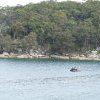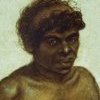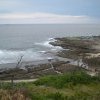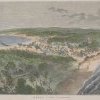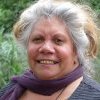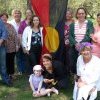Before Cook
Before Captain Cook...
Koori people are living on the east coast of Australia. Observers of the first fleet note many formal ceremonies including burying and cremating the dead, and initiation rituals such as ‘era-bad-djang’ where the upper right incisor tooth of young males is loosened and knocked out (this called yoothsay in Cameraigal language). Koradji (clever men) carry out ceremonial rituals, often in the higher, sandstone country. Young girls have the first two joints of the little finger removed by pressure from spider web or wild string tied children. They become ‘mal-gum’ fisher women.
Observers in the First Fleet also note the very large number of rock engraving (at least 180 art sites in the Hawkesbury River region). Some are secret-sacred sites for men and women, other are for the education of young people to be initiated. Subjects represented in carvings include Daramulan, the one legged god who is present at initiation ceremonies and Baiami, the sky-culture hero. Other subjects represented on rock platforms are mundoes (footprints), fish and ancestral beings and stories engravings. Koories also produce ochre paintings of animals and handprints. In both cave and on rock platforms, totemic figures were also reproduced in soil and sand during ceremony. (See NSW Department of Education and Training nd, http://www.rumbalara-e.schools.nsw.edu.au/publications/mypeople1.pdf)
Many blade and axe grinding sites are still to be found, mostly near running water.
Trade items like chert stones from the Upper Hawkesbury are traded to make axes and for artefacts used in ceremonies. Also traded are stones for tool making, food, clay, whale blubber and ochre. Koori women and men use bone awls (needles) to sew possum skin cloaks, and fashion fishhooks by grinding sea shells.
Inter-tribal fights and ritual spearings are not uncommon.
Koori people are camping near coastal creeks and inlets and make huge middens (piles) of discarded bones, shells and artefacts. Investigations have allowed archaeologists a glimpse of the coastal Koori diet. Bones of birds discovered in middens include shearwaters and little fairy penguins, reptiles like the diamond python, and fishbones of snapper, bream, wrasse, blue groper, catfish, flathead, shellfish, and wild seeds of the cycad Macrozamia. At a site in a rock overhang at Balmoral Beach, a boy’s tooth is found amongst the shells. Important midden sites include Great Mackerel Beach, Forty Baskets Beach, Balmoral Beach, Long Reef, Palm Beach.
Other discoveries in middens include bone points with drilled holes or grass-tree resin glued to them, and small stone tools.
Women collect shellfish. Men use spears for fish, eastern grey kangaroo, swamp wallaby, red necked wallaby. Men and women hunt bandicoot, echidna, goanna, snake and birds and many other species. Huts are made of grass and bark‘Kokorre’.
A drink is made ‘Bool’ from soaking Banksia blossoms in water and allowed to ferment to make an invigorating drink.
Koories carry out annual burn-offs in late winter to assist in the capture of grass-eating animals. The green pick attracts game such as kangaroos and emus so they can be managed in a sustainable way. They gather sometimes annually at sites where traditionally food is available, for ceremonial business or for settlement of grievances, initiation ceremonies, betrothal and marriage, corroborees for the renewal of the natural environment and benevolent spirits. Bora grounds are used for some ceremonies. Clan meetings attract large numbers from Manly Cove, Collins Cove and Farm Cove. (Attenbrow 2003)
Language and society
The Guringai (Kuringai) speakers are thought to be the original inhabitants of northern Sydney and the inner eastern harbour regions. Guringai-speaking clans of about 40 to 60 people were made up of smaller extended family groups of perhaps a dozen people.
Guringai speakers (some of whom called themselves by the clan names below) met the first fleet when it arrived in 1788 and they were the first Indigenous people in Australia to resist Phillip’s fleet. They inhabited the north shore of Sydney Harbour, living along the coast from Kirribilli then north to Manly up along the northern beaches to Broken Bay and as far as Wyong. Inland they extended to the Lane Cove River. The word for man or person is kuri (Koori) and kuringga , the possessive means ‘belonging to kuri’. Ngai (ng/guy) means ‘woman’. Within the language area were many tribal names such as Garigal, Gayamaygal, Gai-mariagal and Borogegal.
Some of the clans in the Guringai speaking areas
The Cameraigal were considered by the first fleet author Collins as “by far the most numerous tribe of any within our knowledge” (Collins 1975, p. 453). Richard Hill of the Aborigines Protection Board wrote that the “Cammera” people extended from the northern part of Sydney Harbour, “say from North Head to Lane Cove River or estuary, right away north to the Hawkesbury, and away east to the sea coast” (Hill and Thornton 1892). Cammeragal, therefore, seems to have been a collective name for a strong alliance of clans on the north harbour of Port Jackson.
In the harbour area of Port Jackson, people may have called themselves Eora and the name for man or people was ‘mulla’. This was recorded in vocabularies by Phillip Gidley King, William Dawes, John Hunter and Daniel Southwell. Recent research suggests that ‘Eora’ did not signify a definite clan or group. The consensus among linguists is to describe the language spoken in this region as the Sydney language as suggested by Dr Jakelin Troy. (Troy 1994)
The Garigal (Carigal, Karigal) mentioned by the Reverend Lancelot Threlkeld, inhabited the south shore of the Hawkesbury River (Deeriban). Willemerring who speared Governor Phillip was from this clan.
The Cannalgal inhabited the area of Manly Beach and the coast to Dee Why.
The Borrogegal.yuruey were recorded as living at Bradleys Head. The French artist Nicolas Petit identified a man in his drawings as Cour-rou-bari-gal a Koori from Boregegal clan.
The Kayimay (Kayyemy) occupied Manly Cove, Spring Cove and North Head which is called Car-rang-gel. Cammi (Kamai), a spear, is possible the root word of Cameragal and Kayimai.
The Terramerragal were at the Lane Cove River and Turramurra is named for them. On the Lane Cove River are shell middens dating 20,000 years BP.
The Gorualgal Inhabited Fig Tree Point now Northbridge.
The Birrabirragal lived at Middle Head. (Smith 1992)
Bennelong’s wife Barangaroo was a Cameragalleon (leon indicating female) and was abducted from Manly Cove on Governor Phillip’s command. Bennelong was a Wangal and his clans land spreads from Balmain along the Parramatta River to Parramatta. Colby was a Cadigal from South Head to Warrane (Sydney Cove).
The journey begins
Community Elder Lois Birk gives an acknowledgement of country at the Northern Beaches Annual General Meeting of the Aboriginal Education Consultative Group:
We acknowledge that we are on Guringai country at Stoney Range Reserve, Dee Why. We will listen to each other. We walk softly and gently and pay homage to Indigenous people of all nations. We respect the spirits of this place.






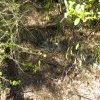
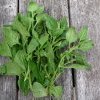
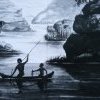
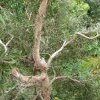
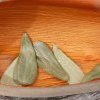
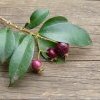
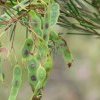
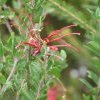
.thumbnail.jpg)
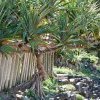
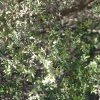
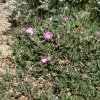
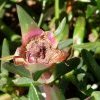
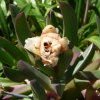
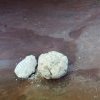
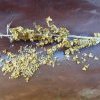
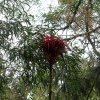
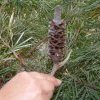
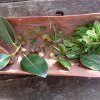
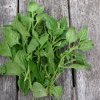
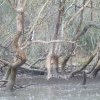
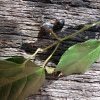
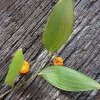
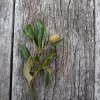
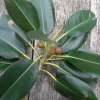
 to drink.thumbnail.jpg)
